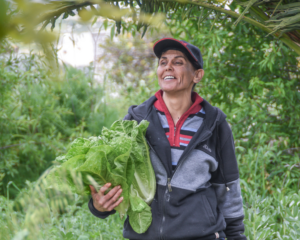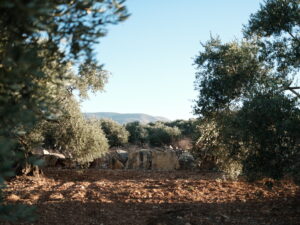For the people of Palestine, there is no time like the olive harvest and the months leading up to it. Regardless of what region of Palestine you’re in, you can feel a palpable sense of anticipation in the air as the weather finally begins to cool and olive harvest season approaches. As the atmosphere begins buzzing with excitement, people start to make more and more frequent trips to the terraces where the olives grow – some for the first time in a long while. This is the time where they will determine what kind of crop they’ve yielded and prepare to spend cherished time with loved ones in the olive groves.
A Family Affair
With roughly 45% of agricultural land in Palestine occupied by over 12 million olive trees, harvest season requires the help of everyone. If you don’t personally own any olive trees, it’s guaranteed that you have family members who do. In either case, you know that you’ll spend the coming months helping with the harvest in some capacity.
From October 20th, into early December, the olive harvest rages. Before the harvest, September sets the tone, charging the air with an eager ambiance. Filled with a sense of promise and reward, farmers begin to visit the hills and valleys where the olive trees grow.
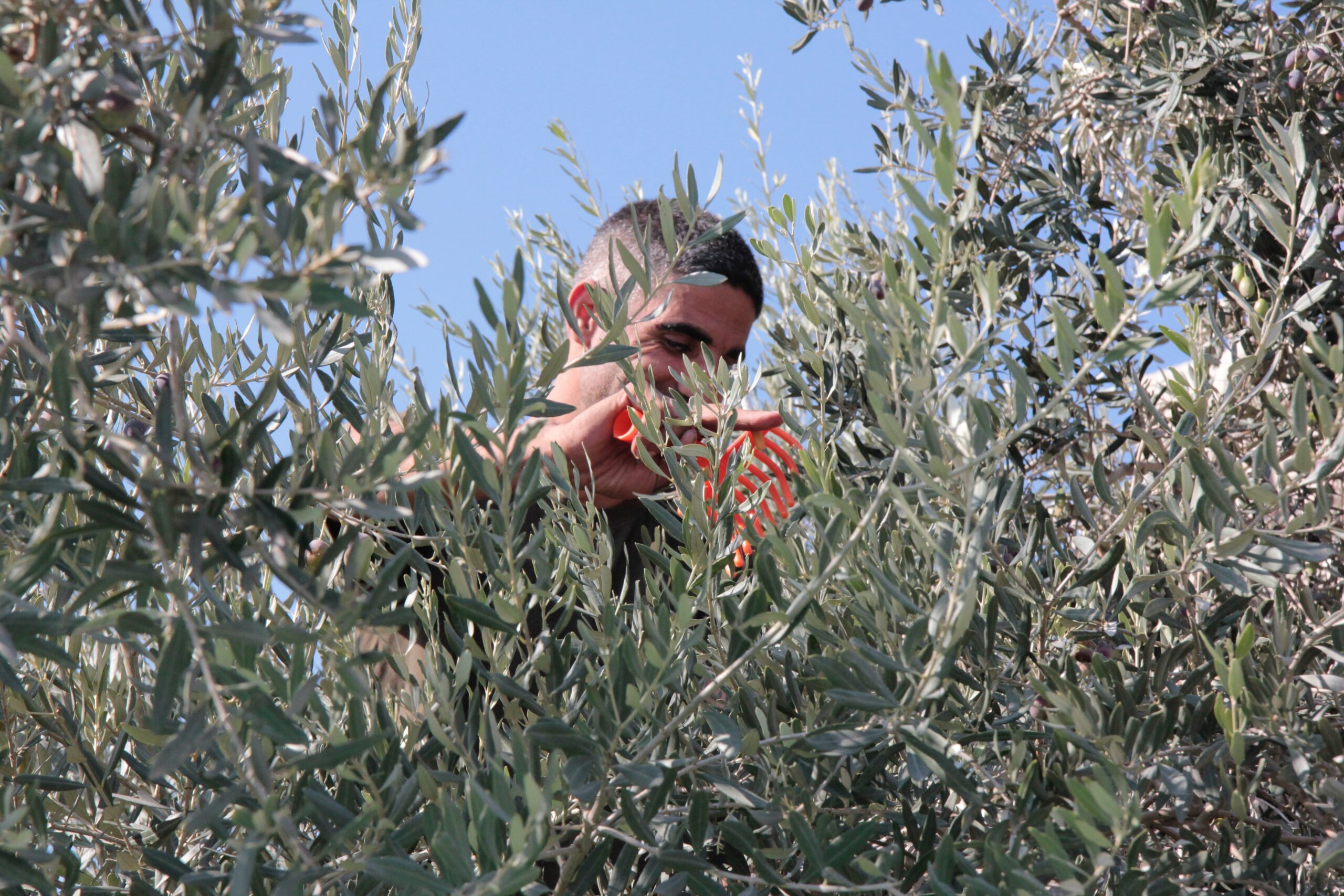
The farmers rely on the olive harvest, with 25% of the gross agricultural income in Palestine coming from olives. About 100,000 families depend on it. While full-time farmers rely on their olive harvest for their entire livelihood, the additional money from the olive harvest can mean all the difference for part-timers. Some farmers live paycheck to paycheck, and the olive harvest means they will soon have extra money and a safety net. For others, the excitement of fresh, home-grown olives and olive oil is the objective. With extra to go around, it’s often shared with friends and family – everyone benefits from the olive harvest.
For all involved, the olive harvest brings a sense of homecoming. While the adults start work at dawn and remain at the olive groves all day, children arrive at the terraces after school to pitch in. Family meals are cooked at the farm, and work does not stop until dusk. Even tourists come to Palestine during harvest season to enjoy the beauty of the olive groves.
An Exciting Return to the Mountains and Terrace
In Palestine, the majority of the olive groves can be found in the West Bank. Known for its hilly geography, farmers have cut into the mountains to create farmable terraces. These ancient terraces have a distinct appearance, with stone sides and vines and olive trees on top.
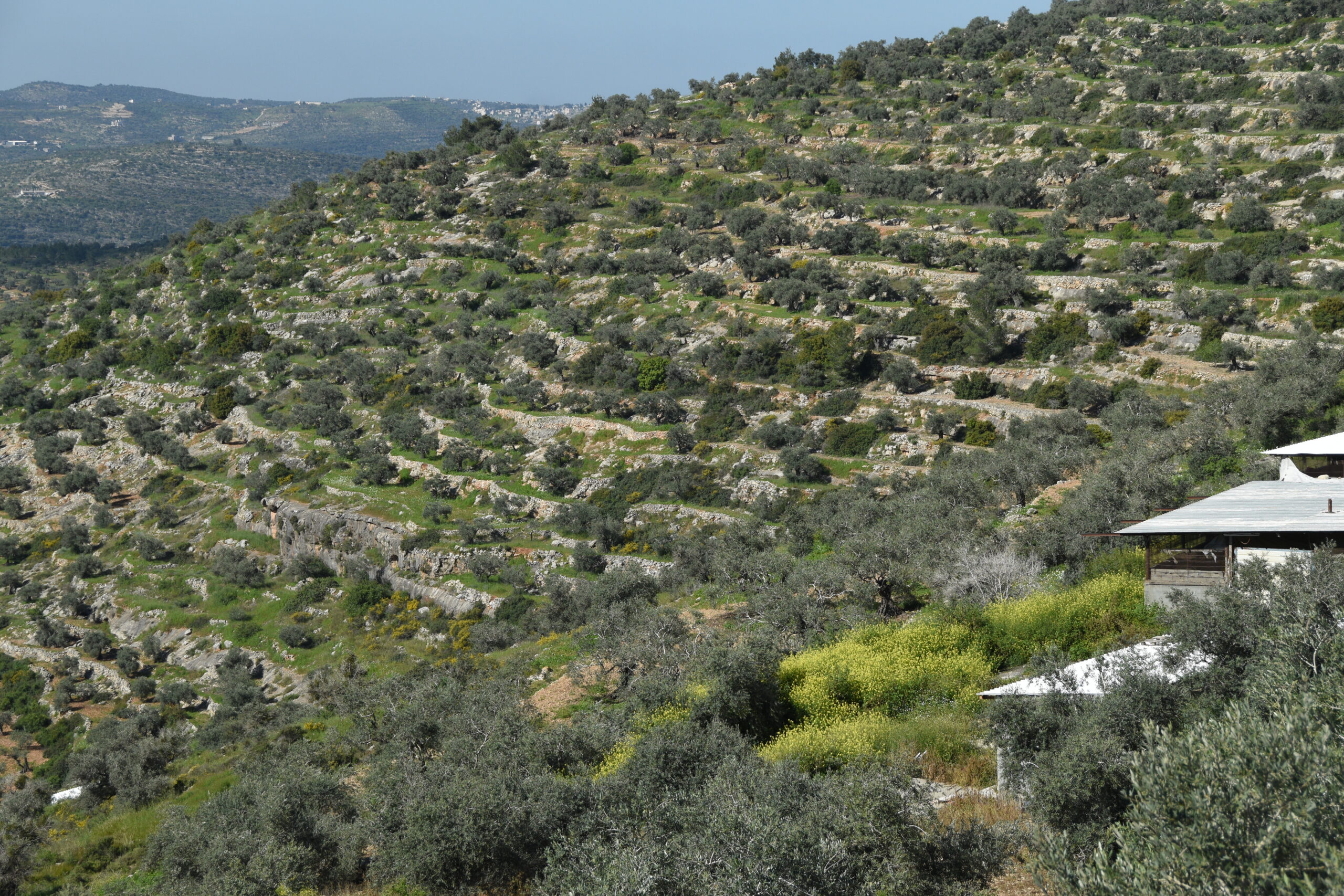
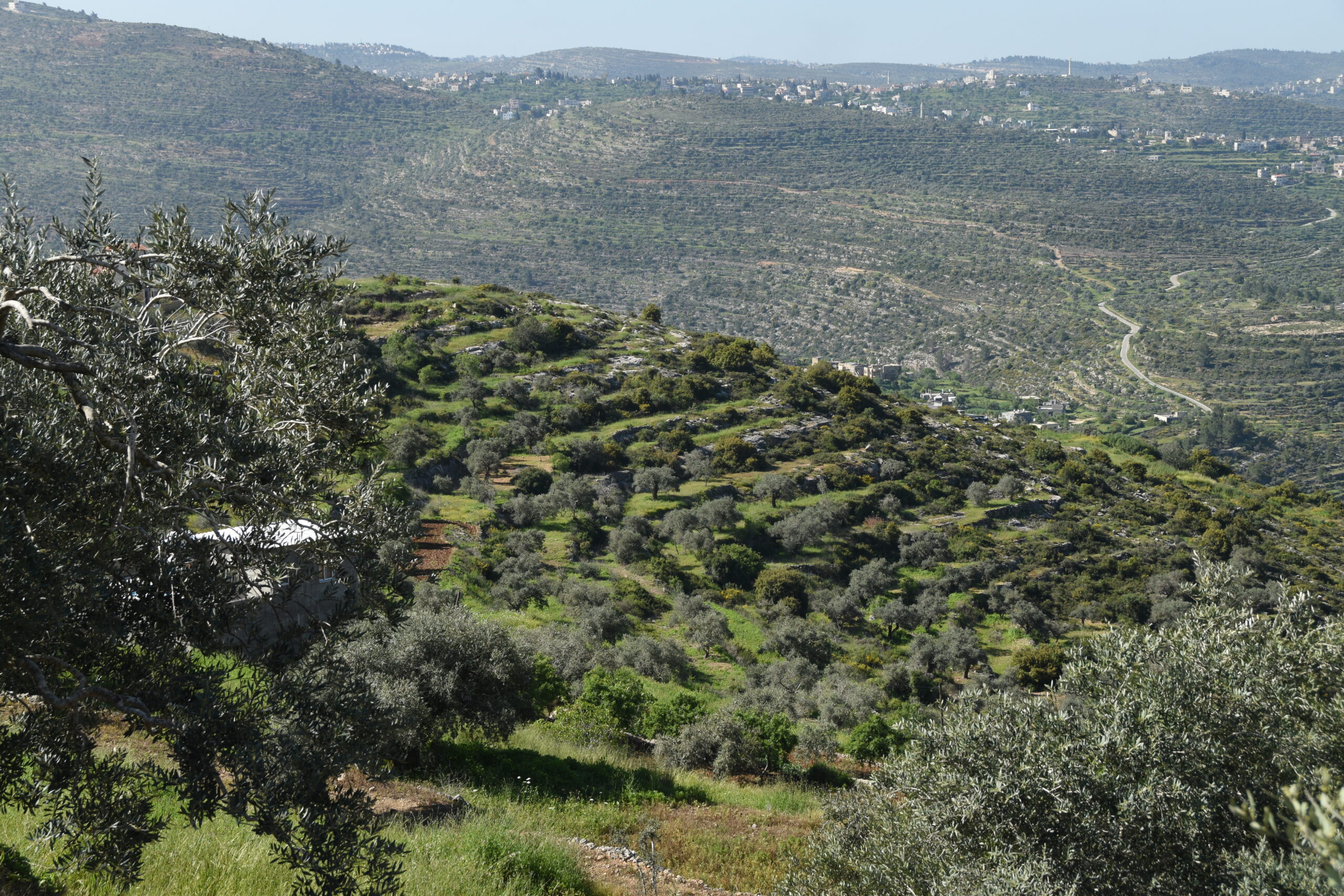
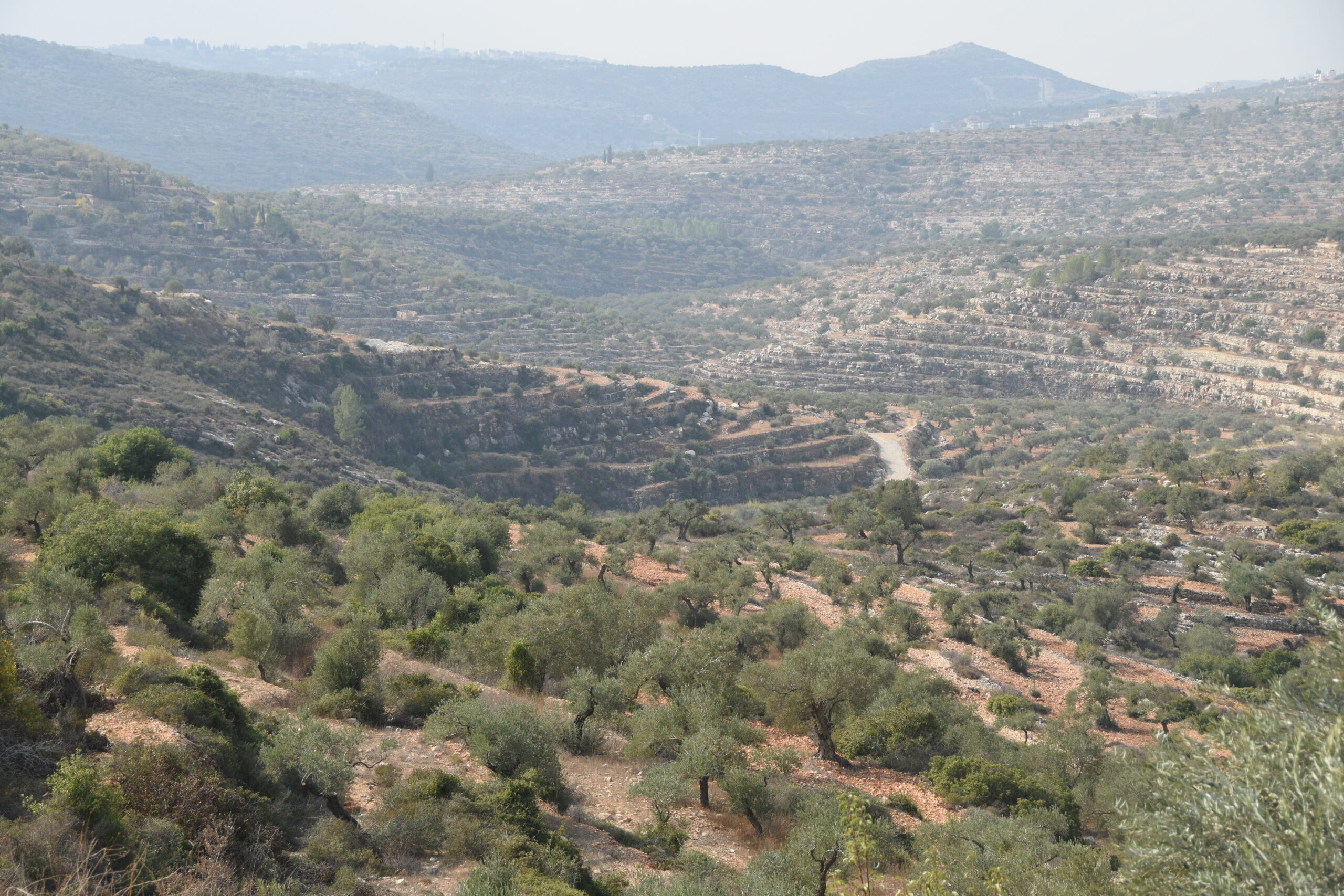
While the appearance of the terraces is striking, they also tell a historical tale. Intimate knowledge and understanding of the landscape has been passed down over generations. The terraces represent an enduring relationship between the people of Palestine and nature. As the excitement of the olive harvest season builds, the farmers feel called back to this ancient land.
Olive trees thrive in tough and severe conditions. Naturally drought-resistant, olive trees can produce fruit for thousands of years. It is this longevity that gives olive trees their reputation for peace and vitality. People around the world recognize the olive branch as the symbol it has become. For farmers, spending the olive harvest season in the terraces feels like a joyous return to the land. It’s a complex relationship that intertwines their livelihoods, generational knowledge, family and friends, and the beautiful terraces on which they do their work.
Sustainably Grown Olives
For many farmers, the land that they farm has been passed down for generations. Additionally, the farming practices used today are those that were taught to them by their parents, in a tradition that dates back centuries. Today, people all over the world can enjoy sustainably grown olives thanks to these practices.
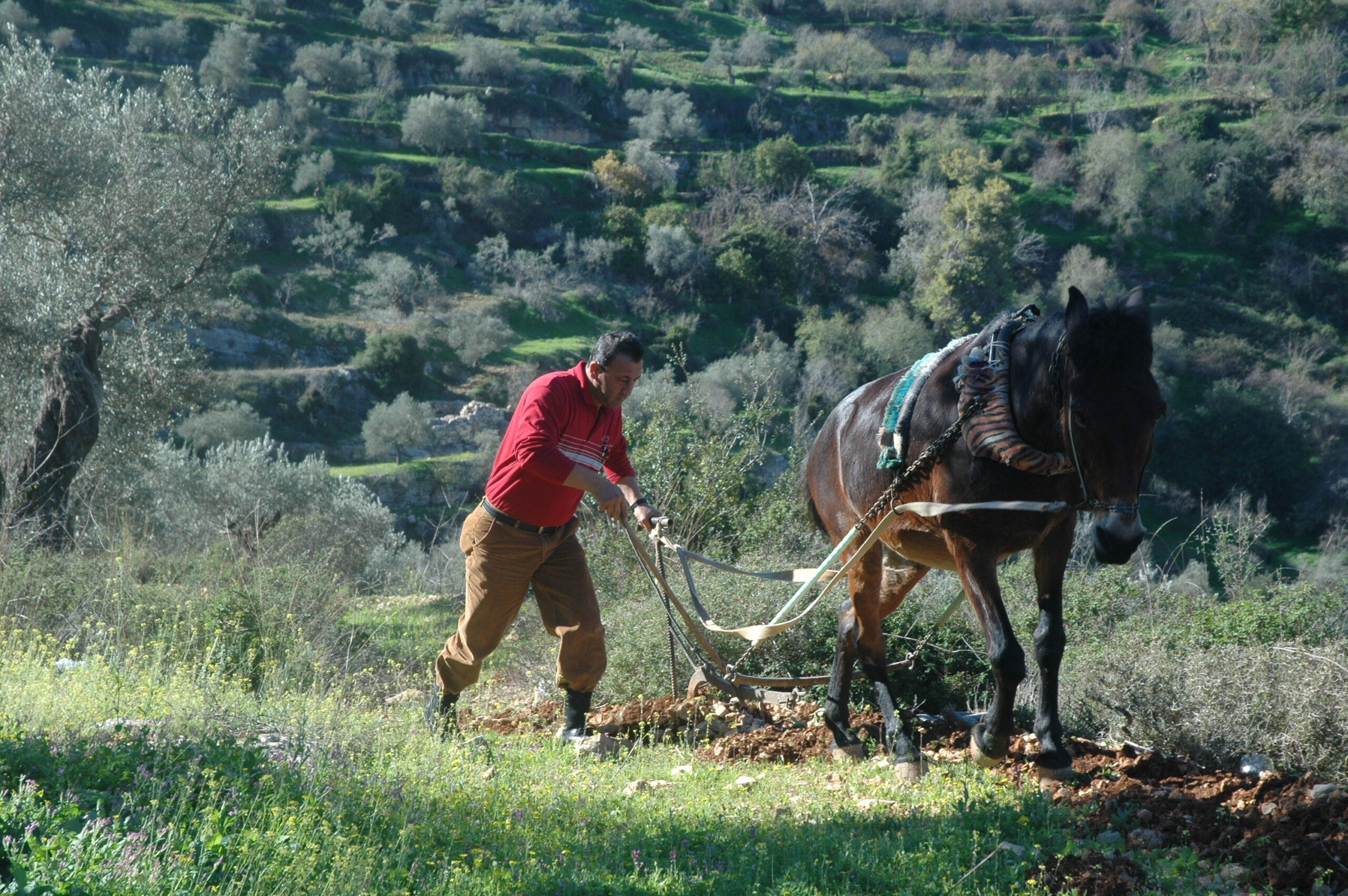
While the farming methods remind the farmers of their heritage, they are also great for the environment. Everything in the harvest is done by hand – there are no machines picking the olives or cultivating the soil. It’s a true labor of love and respect. This is, in part, due to the terraced farming. The beauty of farming on hills means that this traditional method of harvesting will never be left behind.
To put the Palestinian olive harvest into perspective, we can compare it to California’s olive industry. In traditional farming, like in Palestine, olive groves grow in low densities, typically less than 60 trees per acre. In California, you can find orchards with over 600 trees per acre. This is largely due to the high-density systems in place there, which utilize mechanized over-the-row equipment. This is simply not an option in Palestine – the terraces don’t allow for this type of equipment, and farmers much prefer the traditional hand-picked methods.

With so much space between trees, biodiversity and sustainably grown olives can both thrive. The extra space allows for more vegetation and wildlife on the terraces that you’d never find in an olive grove elsewhere. There’s also a variety of trees – some trees are ancient, while others are young. Together, they create a thriving environment where life in the soil and above ground can thrive.
Among the trees, farmers and their families and friends find a peaceful place that feels like home. For the people of Palestine, the olive tree and olive harvest is a symbol of life and vitality. Beyond that, this time of year brings about joyous feelings for all. The feeling of anticipation and excitement is contagious as people look forward to the rewards of the olive harvest. Of course, the rewards are much more than just economic – long days at the olive grove with family, eating dinner near the trees, and seeing their hard work come to fruition is incredibly fulfilling. With harvest season kicking off so soon, the magic has just begun.


